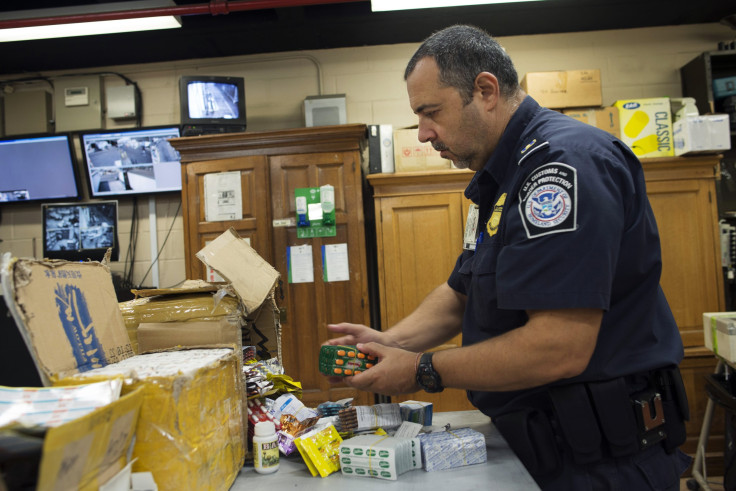Global Problem Of Counterfeit Drugs Affects Even Legitimate Sources, Such As Hospitals And Pharmacies

Counterfeit drugs are products that have been deliberately and fraudulently produced or mislabeled to make them appear authentic. Each year, it is estimated these criminal products cause the death of between 100,000 and one million people. Now, a new UC San Diego School of Medicine report confirms the full scope and prevalence of this global problem is poorly understood.
“The most important takeaway of our study is that we don't have the necessary data or surveillance to effectuate meaningful public health interventions or policy change,” Dr. Tim K. Mackey, lead author and assistant professor of anesthesiology and global public health at UC San Diego, said in a press release.
Mackey's previous research has addressed a range of domestic and global public health issues, including “eHealth governance.” With the impending assignment of new dot-health (.health) domain names, future registrants would have largely unrestricted use of .health names raising concerns about the credibility of online health content as well as the potential for fraud and abuse. Meanwhile, the existing online and offline marketplace offers many examples and instances of drug deception. For example, the World Health Organization recently reported that nearly one-third of identified counterfeit drugs contain no active ingredient, while more than 20 percent either have incorrect quantities of active ingredients or contain the wrong ingredients. False packaging and high levels of impurities are also commonly found.
Do Hospitals Unknowingly Provide Counterfeit Drugs?
Another watchdog concerned with this same problem is the Pharmaceutical Security Institute. For the past 12 consecutive years, the Institute has collected data on counterfeiting, illegal diversion, and theft incidents around the world. During 2013, for example, it documented 2,193 incidents of overall pharmaceutical crime, which represents nearly a nine percent increase over the previous year. The data collected by the Institute is derived from industry members, law enforcement, drug regulators, the pharmaceutical industry, and the media, and then confirmed by a team of investigators.
Mackey’s study gathered the Institute’s records regarding fraudulent drugs and analyzed the period between 2009 and 2011. He and his colleagues defined a counterfeit medication as any that contained no (or incorrect amounts of) active ingredients or wrong ingredients. Specifically, the UC San Diego study looked at the extent of counterfeit drug occurrences in global medicine supply chains and limited its scope to legitimate sources, such as hospitals and pharmacies.
Shockingly, the institute tabulated 1,510 total counterfeit incidence reports, mostly from health-related government agencies, during the studied time period. Of these reports, more than half (51.3 percent) reported a counterfeit without a known or verifiable subcategory. That said, the most prevalent category was antiinfectives (21.1 percent).
Importantly, 27.6 percent of the reports indicated China to be the source country of the counterfeits, while Asian and Latin American regions as well as middle-income markets reported the most incidents of fraudulent drugs.
Despite the appearance of precise measurements, nobody really has a good idea about how big the problem really is, says Mackey, who noted it's hard to get accurate statistics on criminal activity. Still, it’s clear the falsified drug problem is bigger than in the past and covers widely used drugs, such as anti-malarials, as well as high-value, high-demand drugs, such as drugs that treat HIV/AIDS, cardiovascular disease, and cancer.
Ultimately, the main finding of the new report is how little is known about the precise scope of the problem and how few mechanisms exist to monitor it, Mackey said.
“As an example, more than half of our dataset was from four countries, not necessarily because these countries have the most counterfeits, but possibly because they are countries of transit or are the ones actively looking for them,” he said. Meanwhile a total of 127, or about 65 percent, of the total 196 countries filed no counterfeit incidence reports during the study period. Though this could mean these countries don’t have a problem with counterfeit drugs, more likely it means they may not be on the look-out.
Source: Mackey TK, Liang BA, York P, Kubic T. Counterfeit Drug Penetration into Global Legitimate Medicine Supply Chains: A Global Assessment. American Journal of Tropical Medicine and Hygiene. 2015.



























